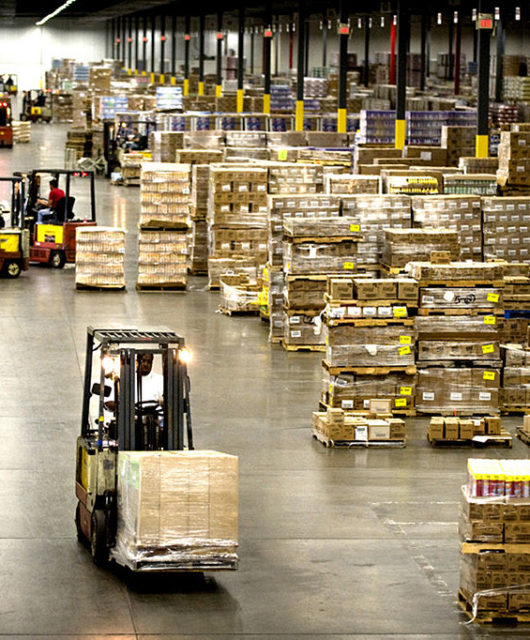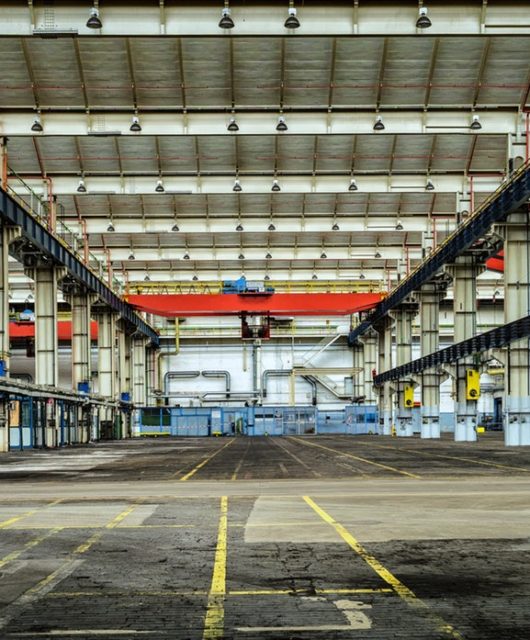The Evolution of Photolithography in Semiconductor Manufacturing with Erik Hosler
 Photolithography has served as the cornerstone of semiconductor manufacturing for decades, enabling the precise etching of circuit patterns onto silicon wafers. As semiconductor devices become smaller and more complex, lithography expert Erik Hosler highlights the crucial role that advancements in lithography play in meeting these evolving demands. The transition from traditional photolithography to Extreme Ultraviolet (EUV) lithography is one of the most significant developments in this field, allowing manufacturers to push the boundaries of what’s possible in semiconductor production.
Photolithography has served as the cornerstone of semiconductor manufacturing for decades, enabling the precise etching of circuit patterns onto silicon wafers. As semiconductor devices become smaller and more complex, lithography expert Erik Hosler highlights the crucial role that advancements in lithography play in meeting these evolving demands. The transition from traditional photolithography to Extreme Ultraviolet (EUV) lithography is one of the most significant developments in this field, allowing manufacturers to push the boundaries of what’s possible in semiconductor production.
Table of Contents
The Shift from Traditional to Extreme Ultraviolet Lithography
For decades, traditional photolithography relied on ultraviolet (UV) light, using wavelengths of around 193 nm to transfer patterns onto wafers. While this method proved effective in earlier generations of semiconductors, it faced increasing limitations as devices shrank to the sub-7 nanometer (nm) scale. Traditional photolithography struggled to achieve the resolution required for such intricate designs, impacting the performance and efficiency of the resulting chips. These limitations became more pronounced with the rise of artificial intelligence (AI) and high-performance computing (HPC), where cutting-edge chips demand extreme precision.
How EUV Lithography is Transforming Chip Design
EUV lithography emerged as the solution to these challenges. By using a much shorter wavelength of 13.5 nm, EUV allows for significantly more precise patterning, making it possible to create smaller, more energy-efficient semiconductors. This advancement has revolutionized chip design, especially for applications like AI and HPC, which require immense computational power and energy efficiency. With EUV, manufacturers can now push semiconductor technology beyond what was achievable with traditional methods, creating chips that are smaller, faster, and more efficient than ever.
The Role of New Materials in Advancing EUV Precision
One of the key factors enabling this transition to EUV has been the development of new materials, such as more durable photomasks and photoresists, which ensure the precision and effectiveness of the lithographic process. As Erik Hosler explains, “New materials set a groundwork for what to inspect and how. The advent and implementation of EUV resist into high-volume manufacturing has led to increased importance in line edge roughness metrology and inspection for material intrinsic stochastic defects.” These new materials and inspection processes are vital for ensuring that EUV can consistently deliver the performance gains that the industry requires.
EUV’s Impact on AI and High-Performance Computing
With its ability to achieve sub-10 nm features, EUV lithography represents a leap forward for semiconductor manufacturing. While traditional photolithography paved the way for modern electronics, the transition to EUV marks the beginning of a new era in the industry, unlocking the potential for even smaller, faster, and more powerful devices. This evolution in lithography is poised to continue driving innovation in fields like AI, HPC, and beyond.









